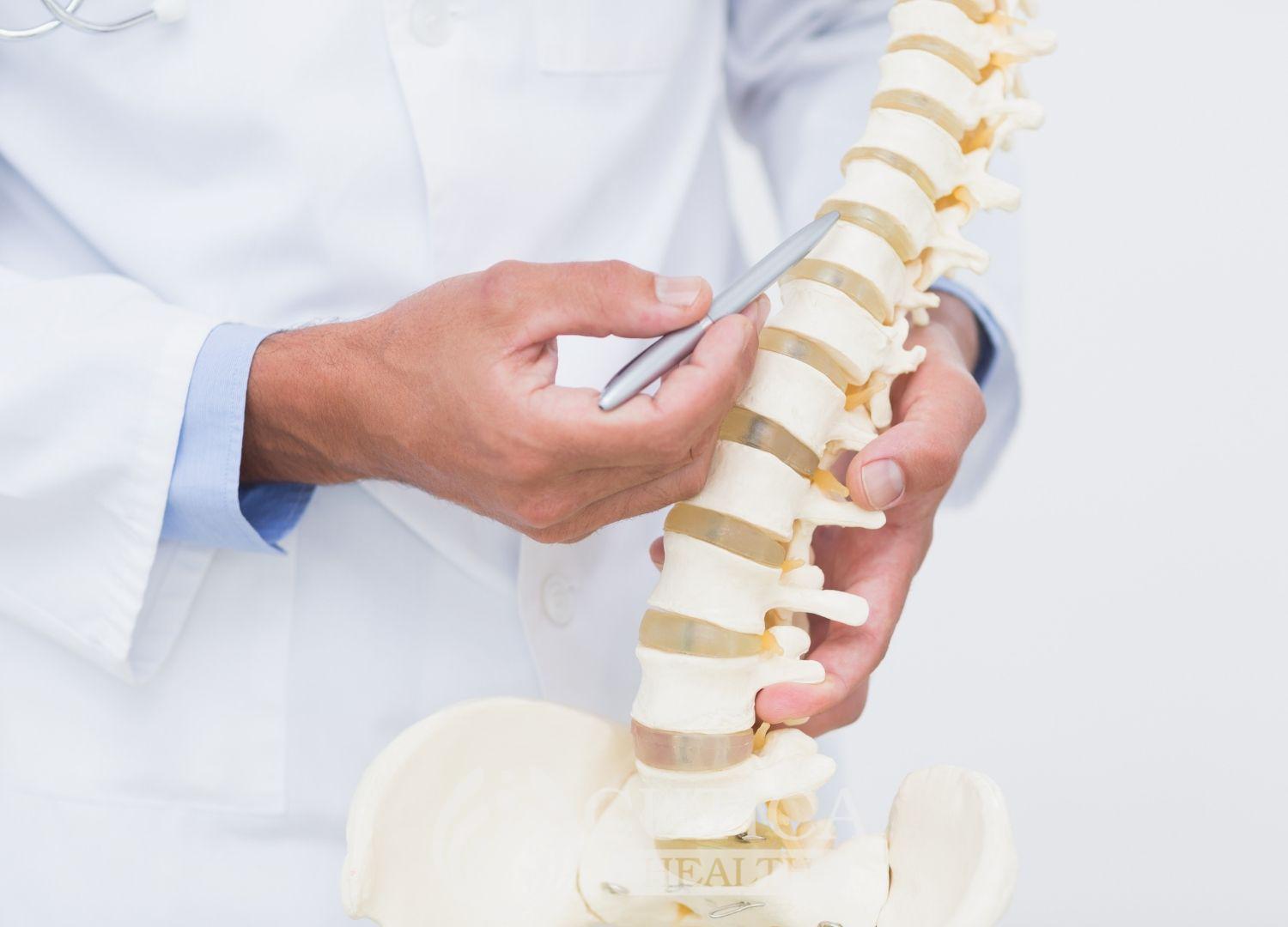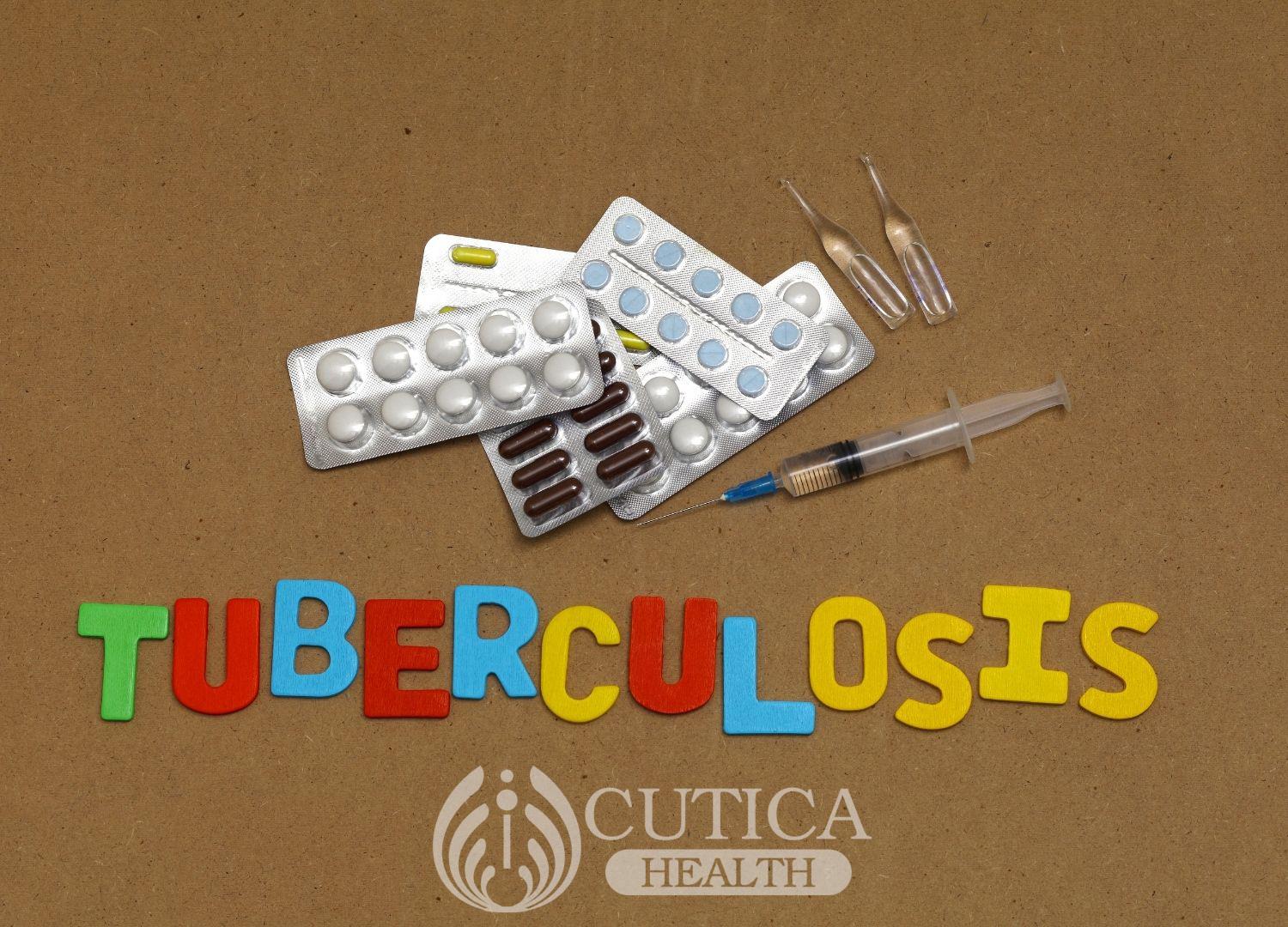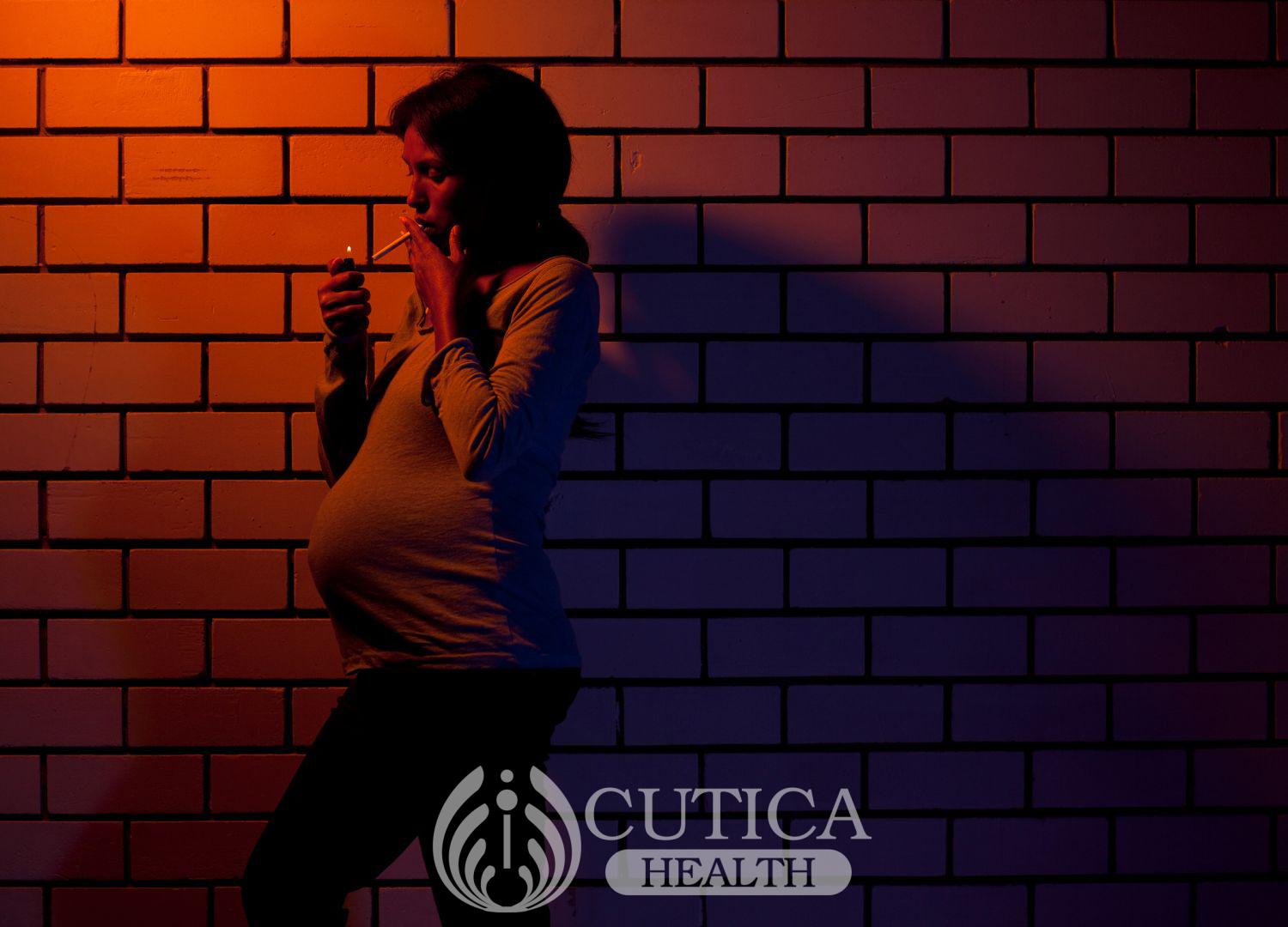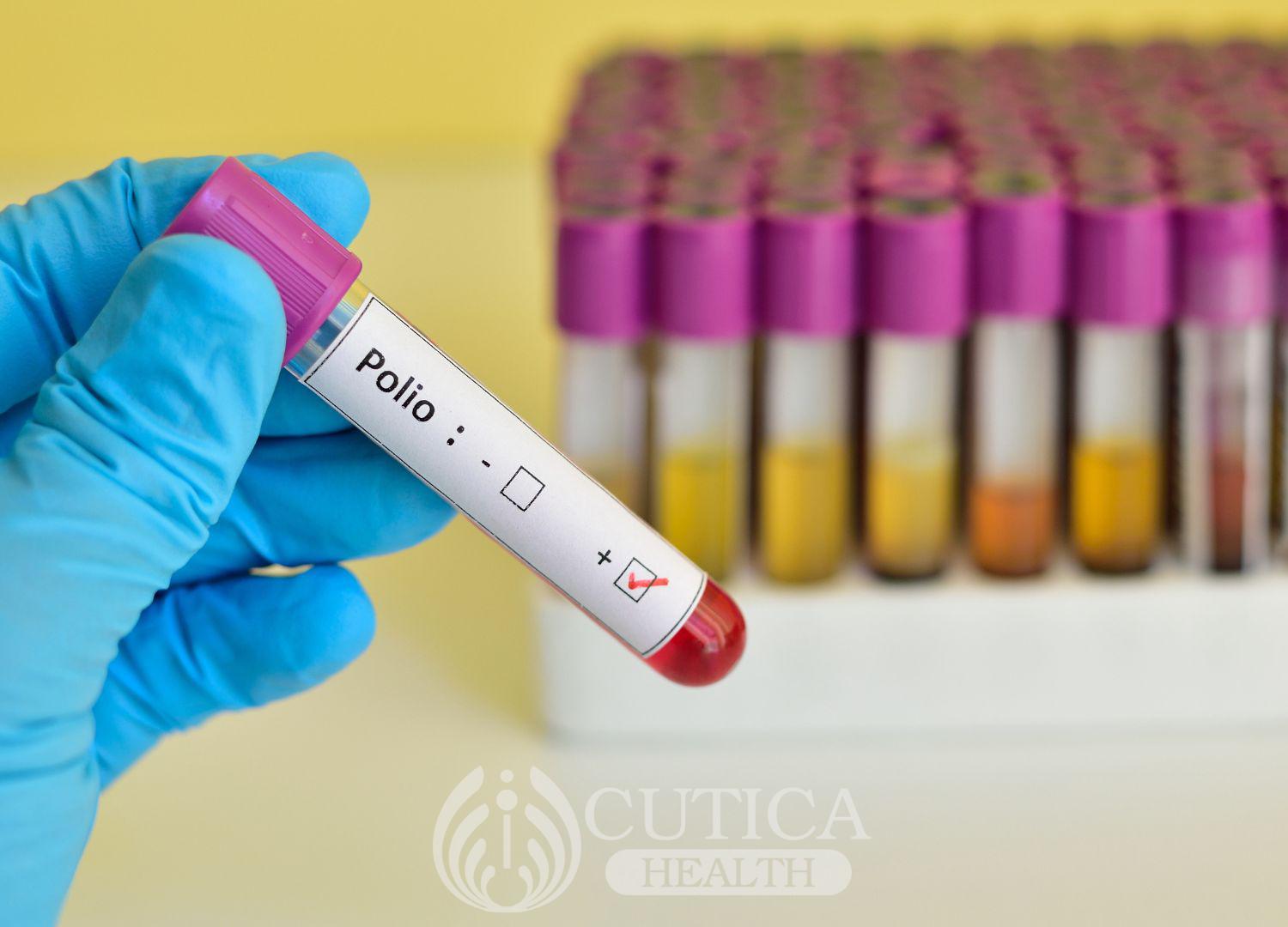
Tuberculosis is an infectious disease that is transmitted through air. It primarily affects the lungs, however when poorly treated, the bacteria that causes the disease can affect just about any part of the body. When there’s involvement of the spine, it is known as Pott's disease.

While the number of TB cases has significantly decreased, the disease however has not been successfully eradicated due to a number of factors.
This condition is common in developing countries and regions where tuberculosis is endemic, like Sub-Saharan Africa (Nigeria is a Sub Saharan African country).
What are the risk Factors?
There are 3 main identifiable risk factors.
- Endemic Tuberculosis: Living in areas where TB is prevalent increases risk of having TB and developing complications like Pott’s disease (TB spine).
- Poor socioeconomic status: The poorer a group of people, the higher the chances of getting TB infection due to other factors like overcrowding, homelessness, poor access to appropriate TB testing and treatment services.
- HIV infection: people living with HIV are at a higher risk of getting TB due to depressed immune system.
How does TB of the spine present?
Presentation depends on:
- Stage of the disease
- Site affected
- Presence of complications.
- Common symptoms of Pott’s disease include:
- Back pain: It is the earliest and most common symptom. The disease commonly affects the lower back bones called thoraco-lumbar region. Pott’s disease is suspected in a patient with a history of back pain that is increasing, living in a TB endemic area or history of travel to such an area.

- The above, together with a X-ray picture and some other blood tests can be used to confirm the disease.
- Fever, night sweats, weight loss, loss of appetite
- Swelling in the lower back.
- Change in shape of the spine.
- Involvement of the nerves can lead to some neurological symptoms.
- Abscess (collection of pus) in the groin.
How is the disease diagnosed?
To diagnose this condition, the doctor will examine you, take a medical history and request for some investigations.
Blood tests requested may include:
- Full blood count: To have a general picture of your blood cells and to see if there are any signs of an active infections.
A HIV test may also be done where necessary.
- ESR: This is a marker of inflammation in the body and it is very high in patients with TB.
- Mantoux skin test for TB: It's positive if a person has been exposed to TB before.
Other investigations may include:
- X-ray of the spine
- MRI
- Ct scan
- Biopsy.
Can the condition be treated?
Once the diagnosis is established, treatment is immediately commenced.
Medications called anti-TB drugs will be administered for duration of time, which depends on the symptoms the individual presents with and how far the disease has progressed. Treatment can last for 9months to even over a year. Where there is deformity of the spine, medications cannot correct it.

To prevent further complications to the spine and decrease risk of permanent neurological damage, spine surgery may be carried out by a specialist after assessment.
Physical therapy is usually recommended post surgery.
SUMMARY

Pott's disease aka TB of the spine is a serious disease with complications and a high morbidity. Current treatment modalities are highly effective if the disorder is not complicated by severe deformity or established neurological deficits.
Prevention of this disease can be achieved by receiving BCG vaccine, improving socio-economic conditions and prevention of HIV-AIDS.
Compliance to drugs is highly important if a patient is to make significant recovery. When the spinal cord is compressed, patient may experience symptoms like tingling sensation in lower limbs, problems with urine and controlling the bowel or even paralysis. It is important to visit the hospital early at the onset of symptoms so treatment can be initiated and permanent spinal cord damage circumvented.












